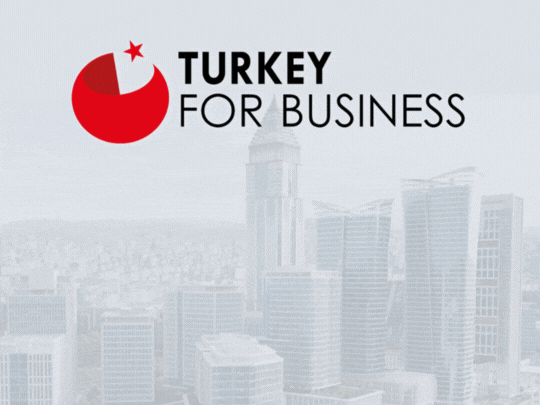Iranian Presidential Election Heads to Runoff
In Iran’s 14th presidential election, no candidate achieved the necessary 50% vote threshold in the first round, leading to a runoff. According to the Iranian Ministry of Interior’s Election Center, a total of 24,535,185 votes were cast across 59,000 polling stations nationwide, with a voter turnout of 40%. This marks the lowest turnout in a presidential election since the 1979 Islamic Revolution.
First Round Results
Reformist candidate Masoud Pezeshkian led the first round with 42.5% of the votes, receiving 10,415,191 votes. Conservative candidate Saeed Jalili followed with 38.6% and 9,473,298 votes. As no candidate surpassed the 50% threshold, Pezeshkian and Jalili will compete in a runoff scheduled for July 5.
Other candidates included Mohammad Bagher Ghalibaf, who secured 13.8% of the vote, and cleric Mostafa Pourmohammadi, who garnered 0.8%. Invalid votes totaled 1,056,159.

Candidate Profiles
Masoud Pezeshkian
Reformist politician Masoud Pezeshkian is a former health minister and Deputy Speaker of the Parliament. Born in Mahabad to an Iranian Turkish family, Pezeshkian has attracted attention with his critical stance on strict hijab enforcement and promises to improve the Iranian economy. He has pledged to mend relations with the West and revive nuclear negotiations. Pezeshkian has the backing of former Presidents Mohammad Khatami and Hassan Rouhani, as well as former Foreign Minister Mohammad Javad Zarif.
Saeed Jalili
Conservative candidate Saeed Jalili is a prominent figure in Iran’s conservative circles. Born in Mashhad, Jalili’s mother is from the Iranian Turkish region of Ardabil. Jalili is known for his role in leading Iran’s nuclear negotiations and serving as Secretary of the Supreme National Security Council. He maintains a cautious approach to relations with the West and aims to preserve the current status quo. Jalili also ran in the 2013 presidential election and withdrew in favor of Ebrahim Raisi in the 2021 election.
Election Process and Security Concerns
During the election, an attack in the Sistan-Baluchestan province targeted a vehicle transporting ballot boxes, resulting in the deaths of two security personnel. This incident has raised concerns about the security of the electoral process.
Conclusion
The first round results of the Iranian presidential election mark a significant turning point for the country’s future. The runoff between reformist Pezeshkian and conservative Jalili could shape Iran’s domestic and foreign policies. The low voter turnout suggests a waning public interest in the political process. Both candidates’ Turkish heritage highlights Iran’s ethnic diversity and the importance of political representation. The upcoming runoff election may lead to significant developments in Iran’s political landscape.




